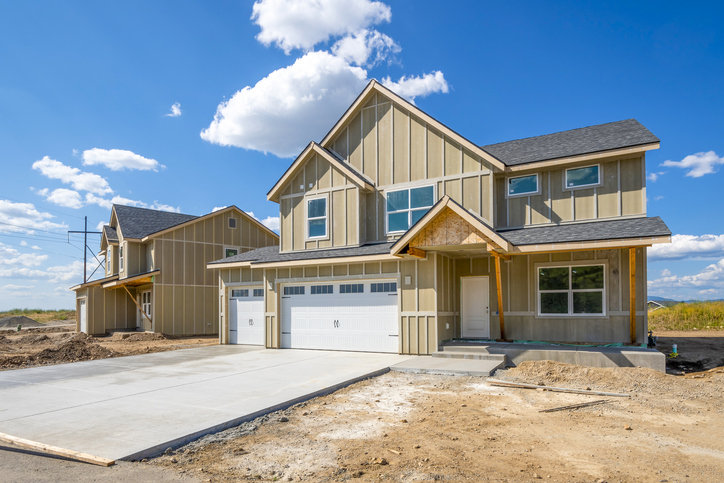While the seemingly “modest” or “measured” .8% increase in workers’ compensation taxes for 2015 appear unremarkable and have garnered little criticism, our neighbors to the south continue to enjoy significant rate decreases.
Oregon’s average workers’ comp rates are set to decrease 5.3% for 2015 and dropped 7.6% in 2014. In fact, between 2000-2015, Oregon’s rates decreased a total of 26.8%.
During that same 15-year period, employers trapped in our state’s monopoly worker’s comp system suffered average rate hikes that total a whopping 70%. And that is far less than the rate increases that were needed to keep the system at break-even. As explained in Part 2 of this blog series, the rate increase should have been a staggering 188%, but the state Department of Labor & Industries (L&I) used money from the system’s once-flush contingency reserve fund to “buy down,” or artificially suppress, the rates. That 188% reflects the true cost of running the monopoly workers’ comp system between 2000-2015.
In comparison, Oregon’s workers’ comp rates have cumulatively decreased more than 72% since the state ended its monopoly 20 years ago and allowed private insurers to sell workers’ compensation insurance at competitive prices.
Employers in Idaho have also benefitted from recent rate decreases. In 2015 that state’s average rate will decrease .2%, on top of a .9% decrease in 2014. Between 2000-2015, average rates in Idaho have increased a total of just 6.9%.
In a recent press release on the 2015 workers’ comp rate, L&I Director Joel Sacks said, “The [rate] proposal keeps with our long-term plan to keep rates steady and predictable..."
Given the 70% actual and 188% indicated increase in our state’s workers’ comp rates between 2000-2015, shouldn’t L&I strive to do more than “keep rates stable and predictable?” The agency should try to accomplish what has happened in Oregon, where rates have consistently decreased over the past two decades. At the very least the state should strive to control costs such that long-term rate increases more closely track those in Idaho.
Employers and workers deserve to have the bar set higher than workers’ comp rates that are just “stable and predictable.” They deserve rates that keep our state competitive.




